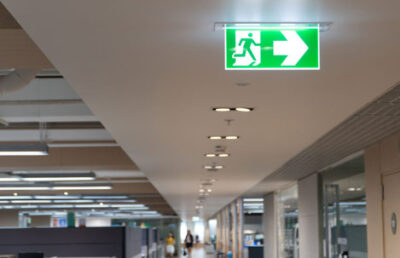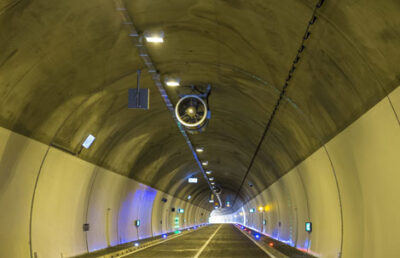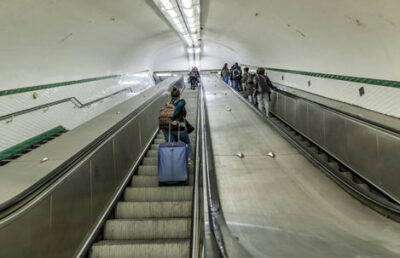
The main technical specifications that distinguish a CPS from a UPS are the following:
Batteries powered by a CPS must have a declared expected lifetime of 10 years and must guarantee performances and autonomy until the end of their useful lifetime.
In addition, a CPS must be equipped with a battery protection system against deep discharge, an event that may reduce its expected lifetime, and against accidental reverse polarity.
The super charger can charge totally out of power batteries up to 80% in approximately 12 hours. A battery charger requirement is the possibility to reduce the floating charge according to the environment temperature, in consideration of the fact that high floating voltage with high temperature could compromise batteries duration.



